Have you ever heard of Valle di Cembra in northern Italy?
If you say no, I wouldn’t be surprised.
Valle di Cembra is a beautiful valley in the Italian province of Trentino which has plenty to offer a typical tourist – but it’s not particularly well known. It’s because places like Trentino find it a bit difficult to compete for attention when there’s such a huge focus on Italy’s ‘must-see’ destinations.
For the last few years, over-tourism has hit Italy hard. There are the massive influxes of art-and-architecture-hungry visitors to Florence, Rome, and Venice; the photo-obsessed selfie-stick-wavers in Pisa and Cinque Terre; even the shoulder-to-shoulder sunbathers in Positano, Sardinia and Lake Garda.
Local governments are trying desperately to cope with the crowds, as there’s a very real risk that these destinations will be irreparably damaged: a combination of rising house prices, waste disposal issues, harm to local wildlife, heightened local tensions, and in the case of Venice, there’s a literal danger of it sinking out of sight.
But the bizarre irony is that tourism begets tourism. Outside of the top three Italian cities, most other ‘must-visit’ locations in Italy are so popular purely because they’ve already been publicised as ‘the place to be’. So what’s to say that a new part of Italy can’t be discovered by international tourism?
Enter, Trentino – the Italian province you never knew you had to visit!
If there’s one thing which unites all travel bloggers, it’s that we love a ‘hidden gem’ of a destination (although we try to avoid that cliched term!). So when Traverse announced their annual blogging conference would be held in Trentino’s capital city of Trento, I didn’t hesitate to book my ticket.
After a week spent with my blogging friends at the conference, we split into a dozen different groups and headed out into various parts of Trentino province. The reason? To explore all the unknown parts of Trentino and inspire future tourists to travel in this part of Italy.
For two days, our little group drove up and down the winding switchback roads which rise up from the Cembra valley floor. The higher we went, the lower the temperature dropped – but the more stunning the scenery grew.
The land on either side of Valle di Cembra is steep and mountainous, and the land rolls so much that most machinery has to be used by hand. As Valle di Cembra is a region particularly famed for its vineyards, it’s easy to imagine that the farmers who live and work here might find the necessity of manual labour to be frustrating – but it’s actually the opposite.
Pin me for later!
Discovering the surreal Segonzano Pyramids
Our first stop in Valle di Cembra was at one of Trentino’s most popular sites: the Segonzano Pyramids. These natural towers of earth are situated in a forest halfway up the Cembra valley close to Segonzano village and are a geological phenomenon, created by the erosion of loose earth and pebbles over hundreds of years.
Some of the pyramids reach a height of 40 metres, and all have flat stones on top – which explains the local name of ‘omeni’ (literally, ‘homunculi’ or ‘Little Men’, because of their resemblance to a particular male part!).
Although the Segonzano pyramids are the main attraction here, our lovely guide Paolo was keen for us to get a true sense of this serene spot in the valley. He instructed us to put our cameras away (a tough task for a group of bloggers!), leading us down wooden walkways and threading our way through the trees.
Paolo had a keen eye for detail, and every few moments we’d stop to see chestnuts, blackberries, acacia and elderflower blossoms.
When the birds began to sing from the treetops above us, he craned his neck backwards and turned his head to try and identify what he could hear: the sound of a cardinal, or perhaps a chaffinch.
And while he told us the history of the ‘piramidi di segonzano’, Paolo was stringing wild strawberries onto thin stems of grass; something his grandfather used to do.
Herding cows with a local dairy farmer at Agritur Le Mandre
The Le Mandre farm sits high above the valley in Bedollo village. It’s a business which has grown over three generations: Laura tells us that her grandfather used to keep cows up here for decades, which led to her father looking out at the panorama one day and thinking, “I want to build my own farm…” He didn’t have any money and people told him nobody would come to buy cheese from Bedollo – but he persisted.
Today, Laura operates a dairy and agriturismo, and thanks to the farm’s twenty five Alpine Grey cows, they produce and sell milk, a variety of cheeses, locally made ice cream and frozen yoghurt.
But the real star of the show at Le Mandre was Marco the farmer. He appeared out of nowhere as we were touring the farm, dressed in a cowboy hat and denim cut-off shorts and accompanied by an adorable dog named Nubia.
He asked us if we’d like to go and meet some of Le Mandre’s cows and help to herd them – and once he heard our resounding, “YES PLEASE!!” we headed off towards the fields.

The Alpine Greys were chilling in a field just outside the village, contentedly munching on the grass. When they saw us they edged closer, keen to see what food we had to offer – which, sadly, was none.
With little to no training in the art of cow herding, we followed Marco’s example as best we could (and perhaps somewhat exaggeratedly): waving our arms, making various clicking noises and generally trying to make the placid animals move back up the hill towards the farm and away from their incredibly picturesque grazing spot.
Back at the farm, Marco presented us with two heart-shaped cheese boards. As he talked us through the flavours of each sample, I looked around at the heart decorations everywhere: the lace curtains hanging from the windows, the table cloth decorations. Even the fences outside featured little wooden cut-outs of hearts, sheep and cows.
We asked Marco the farmer if he was responsible for the hearts. “Oh, no, it’s all my son,” he said, laughing as he shook his head.
Learning Durer’s artistic history at Castello di Segonzano
Lower down in the valley, we walked through the vineyards towards Segonzano Castle, a thirteenth century medieval fortress built on a cliff.
Today, the castle is mainly in ruins – there’s little more than a singular wall and the remnants of the castle’s prison left standing – but it’s still a fascinating insight into how the area used to look. And Castello di Segonzano is also famous in the art world, thanks to a celebrity visitor a few centuries ago.
Back in 1494, the German artist Albrecht Dürer was journeying from Innsbruck to Venice when the flooded Adige river forced him to divert onto a mountain path. When he arrived at the Cembra Valley he painted a dozen watercolours of the surrounding landscapes of Trentino Aldo Adige – and two of them feature Segonzano castle.
There’s no written record of Durer visiting the area, but thanks to this series of paintings, it’s possible to trace his journey through images alone.
In homage to Durer, we spent a happy few hours attempting to channel our own inner artist and painting watercolours within the crumbling castle walls.
Despite my lack of artistic skill it was a lovely way to spend an afternoon – until a violent wind kicked in and forced us to abandon the castle altogether.
Drinking local organic wine at Cantina dei Baroni
Still buffeted by the overpowering winds, we arrived at Cantina dei Baroni, a family-run vineyard and wine producer close to Segonzano castle.
We sat in a shaded courtyard at a table filled with platters of cured meats and cheeses while the owner (another Paolo!) told us how the Baroni winery’s history is firmly entwined with that of the area – and also with the artist Durer.
In 1936, Paolo’s grandfather was walking by the Avisio river and decided to take a break, sitting on the grass. When he looked up towards Segonzano castle he realised he was in the exact spot that Durer must have painted from, because his view matched the artist’s famous watercolour exactly!
Until that point, nobody had been able to confirm the identity of the castle in Durer’s painting – but thanks to Paolo’s grandfather, Trentino was able to officially recognise the location as a living part of artistic history.
I realised the sudden winds we’d felt at the Segonzano Castle had completely disappeared, and when I mentioned this to Paolo he explained that this area has its very own microclimate. Every afternoon there’s a strong wind called Ora del Garda which blows northwards from Lake Garda, which can be felt all across the Trentino region.
In Valle di Cembra this means overcast skies and the occasional rain shower, but it always disappears after an hour or so and reverts back to sunshine again. This daily shifting of weather creates a perfect environment for the grapes, and contributes to the delicious flavour of the wines produced at Cantina dei Baroni!
Napping with the bees at BeeWellness Contadino
Our final stop was the most fascinating: the family-run business of Gocce d’Oro, which offers ‘a multi-sensory journey into the world of bees’.
Ever since their great-grandfather Peter began to keep bees in 1850, the Andreatti family have made bees their business. Today they look after 250 hives and also cultivate a number of aromatic plants and herbs, which allows them to create soaps, lotions, candles, teas and sweets using honey, beeswax and natural ingredients like chamomile, calendula, echinacea and thyme.
But the real draw is their bee wellness treatment, which takes place in a picturesque little hut a ten minute walk away from Gocce d’Oro.
Inside the hut are four beds made from locally sourced mountain hay. Guests are invited to lie down, close their eyes, and listen to the sound of the bees happily buzzing in and out of the ten hives attached to the outside of the hut.
The ‘therapy’ aspect comes from the low rumble-buzz of the bees: the Andreatti family claim the bees’ particular frequency relaxes your muscles and provides a serenely calm environment.
Over-tourism versus ‘hidden gems’: which is best?
After spending two days exploring Trentino’s Valle di Cembra, it was clear that this area has such a strong passion for the natural world – and it’s a passion which has been passed down through the generations.
The community who live here work the land with their hands, so they’re more in touch with where they come from. And thanks to the calm, relaxed attitude which pervades the valley, Valle di Cembra is a world away from the heaving crowds and constant noise of Italy’s more visited areas; instead, it’s a place where local farmers offer you a bowlful of freshly picked wild strawberries.
I can guarantee that’s never happened to me on the streets of Rome or Paris or London!
As over-tourism becomes more of a pertinent issue, perhaps it’s time to focus on how we can all combat the problem by eschewing the world’s iconic destinations in favour of the unknown instead.
After all, those hidden gems do taste a lot sweeter.
Would you visit Valle di Cembra now? What non-touristy places have you visited recently?
Pin this article if you enjoyed it!
Disclaimer: I was kindly hosted on this trip by the folks at Visit Trentino and Visit Pine Cembra.

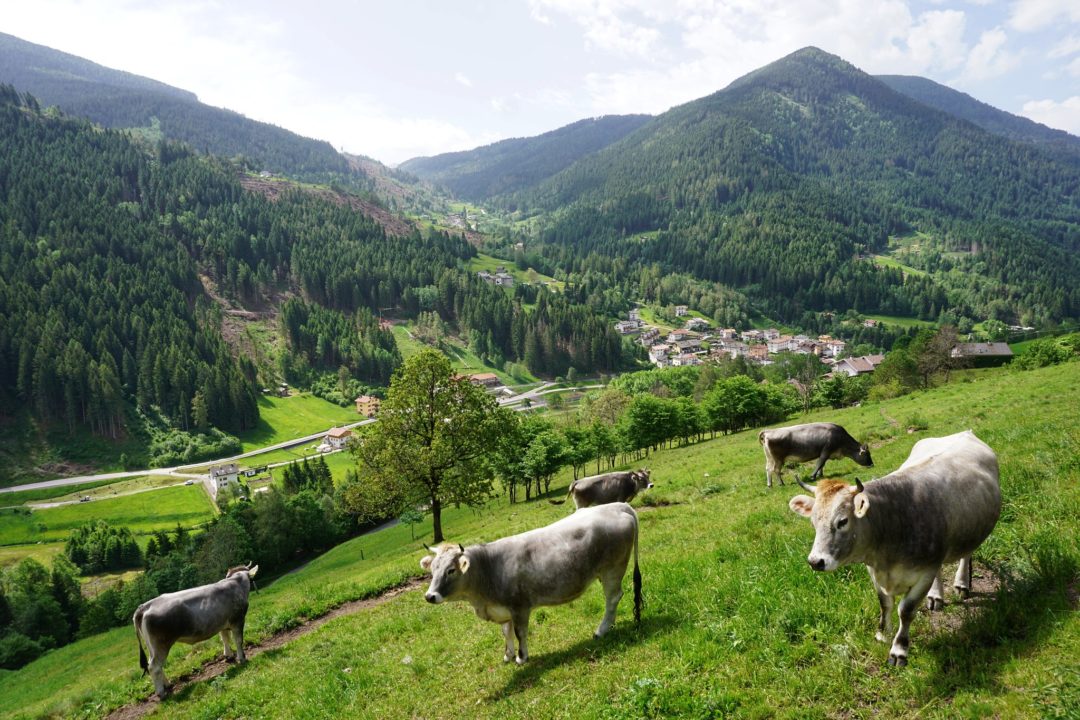


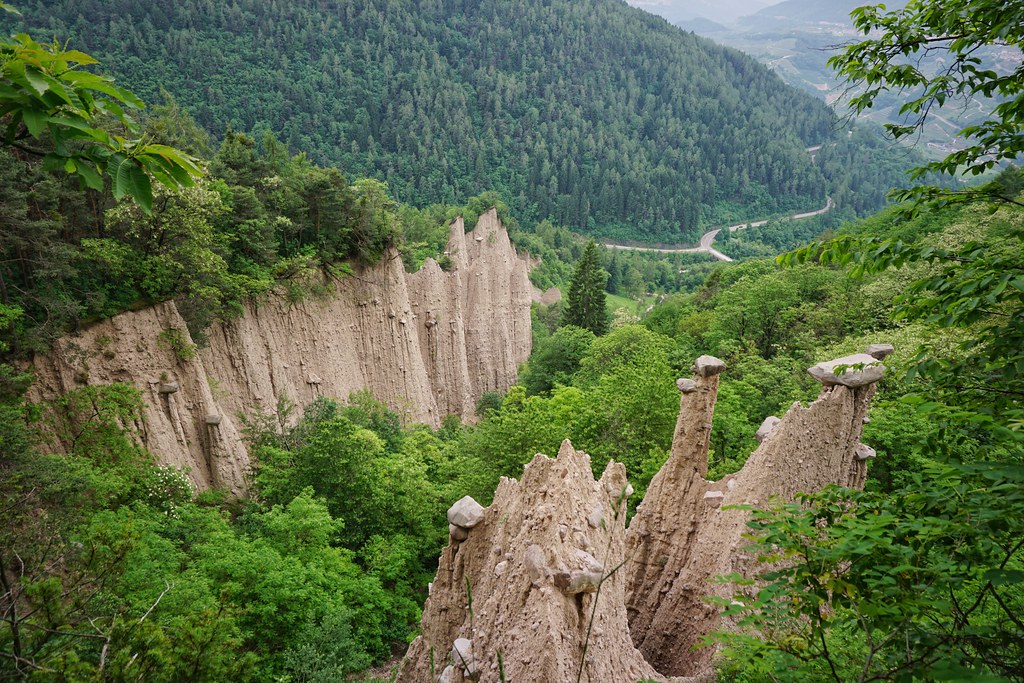



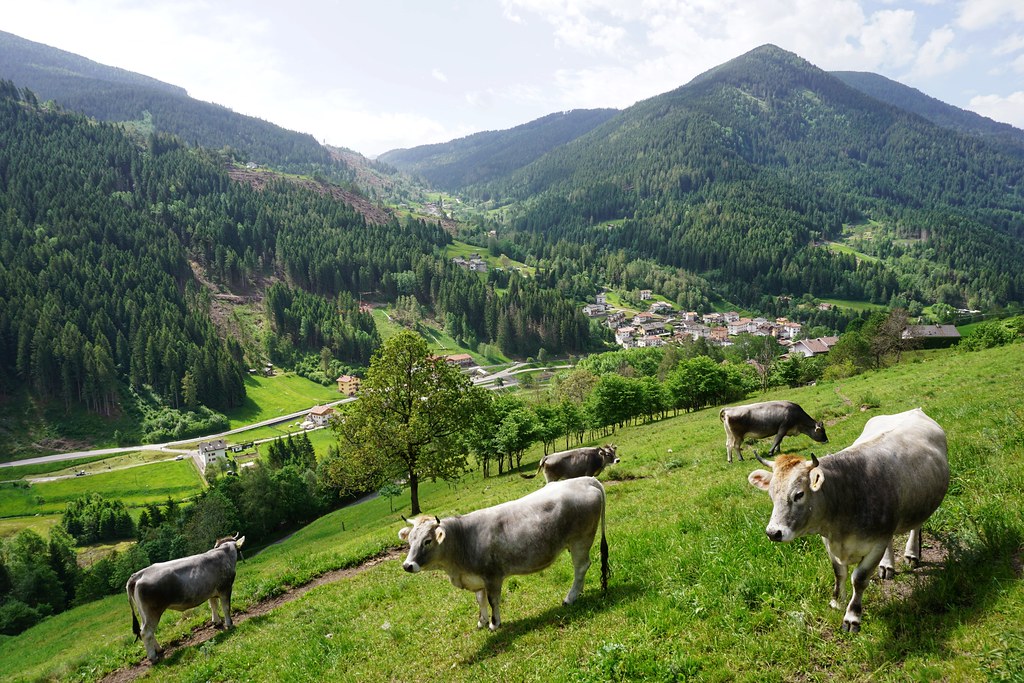


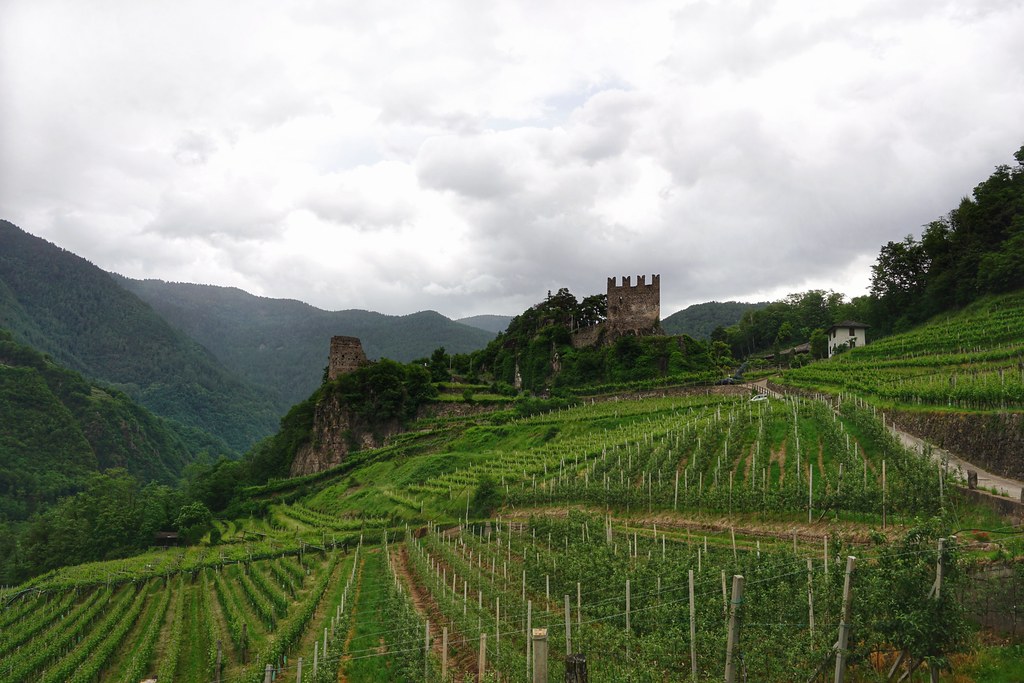



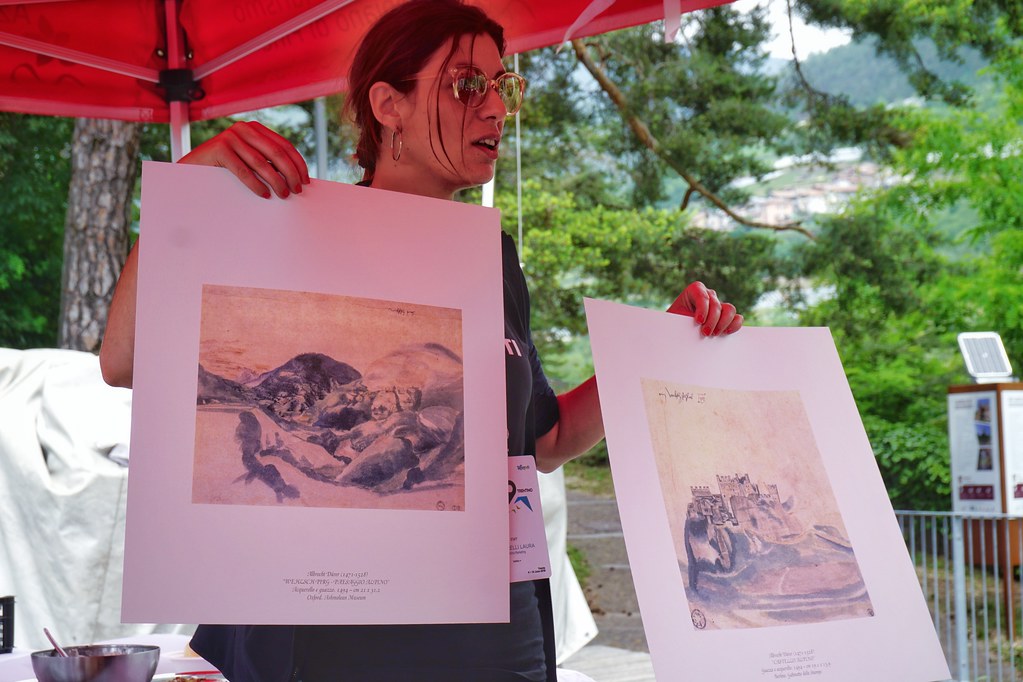



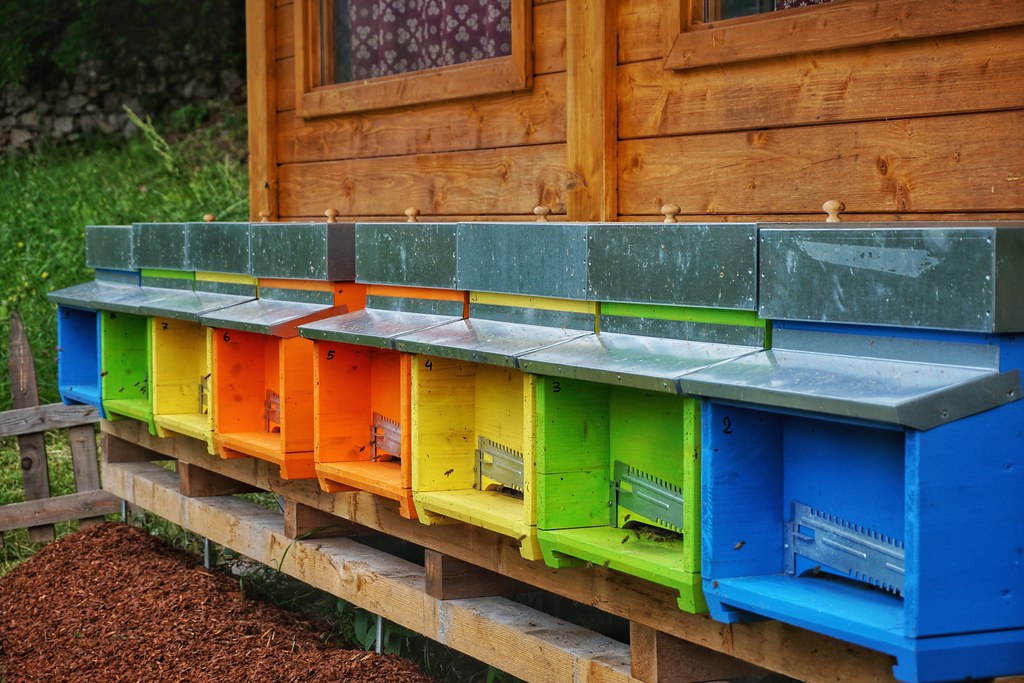


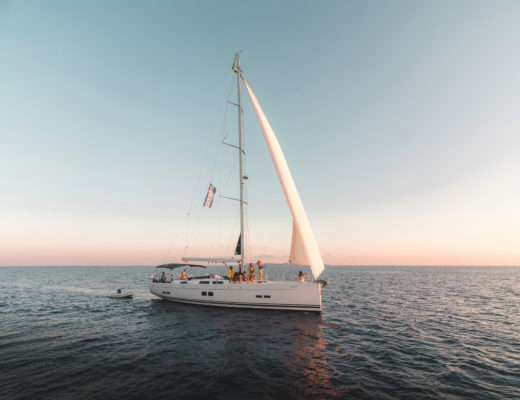
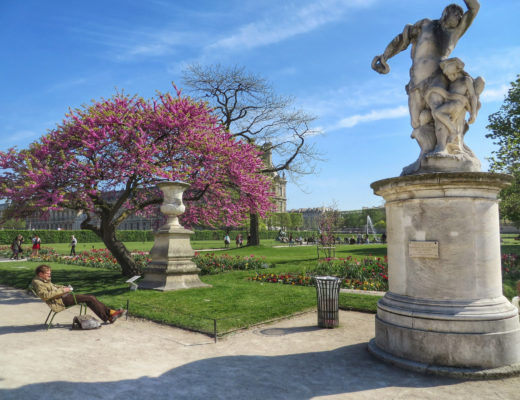
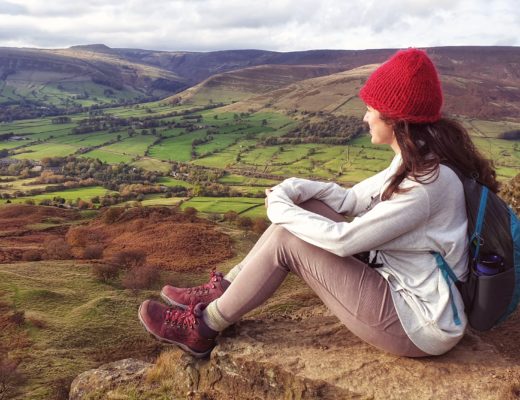
1 Comment
ewok1993
August 28, 2019 at 5:03 amThis is definitely an alternative destination for the travel savvy who has seen and done the triumvirate of Rome, Florence and Venice. I have my own under-the-radar places I want to visit in Italy someday.
Worth a Thousand Words